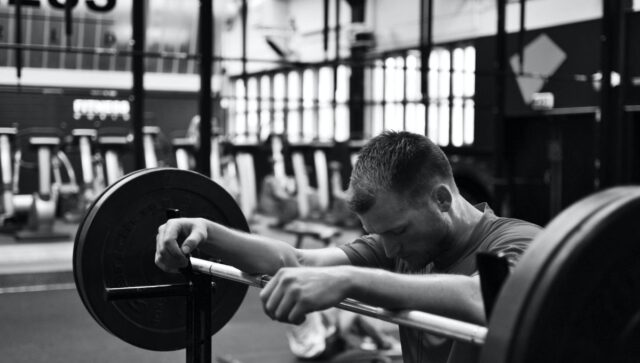Have you heard of junk volume weight training? Maybe you are not getting the results you want because of it.
Junk volume training is a real phenomenon and, according to Jeff Nippard, it is holding many athletes back from achieving their goals.
Jeff Nippard is a natural professional bodybuilder who shares tips and training programs on his YouTube channel. In the video below, Jeff goes in-depth about what is junk volume training and why you should avoid it.
He talks about the 3 most common junk volume training and how to avoid it.
Junk Volume Weight Training
What Is Junk Volume Weight Training?
In the bodybuilding community, junk volume training “refers to any training you do that takes up time and energy, but has no actual benefit in terms of muscle or strength gain,” Nippard explains.
So it sounds exactly what it means: that some training you are doing is just junk and won’t get you closer to your goals.
1. Excessive Volume Per Workout
Three sets of 8-10 reps is a normal workout routine for a given exercise. But what if you do 10 sets of the same exercise, at some point, this excessive volume will be considered wasted sets as it will not stimulate more muscle growth the more you do it.
But how many sets in a single workout can you do before the set is considered to be junk volume training and not give you any results.
Keep it to 6-8 sets per muscle group per training session to stimulate growth.
This is not a rule to be followed blindly, but rather an idea of what happens to most people. It is also important to note how often you train to failure and which group muscles we are talking about.
 Source: Ryan Snaadt / Unsplash
Source: Ryan Snaadt / UnsplashFor Nippard, back, quads and glutes can have a higher threshold limit before sets are regarded junk volume training – around 10-12 sets per workout should still be ok.
2. Easy Sets
“The majority of hypertrophy work should be within 0 to 3 reps from failure,” Nippard says.
If you are not challenging your muscle on a regular basis, you will not be getting the results you want, whether that be cardio for longer than usual or training to failure once or twice a week.
3. Ultra-High Rep Sets
Anything with 40 or more reps are “far from optimal,” Nippard claims. Even going to failure, if you go beyond 40 reps on a given exercise, chances are you are not growing your muscle.
If you want to go low when choosing weights, make sure you are not doing anything below 20 per cent of your one-rep max. Find out how to calculate your one-rep max here.
Also, sets with high reps leave you incredibly sore and do not provide the increased benefits that a normal hypertrophy program does.
This content was originally published here.









